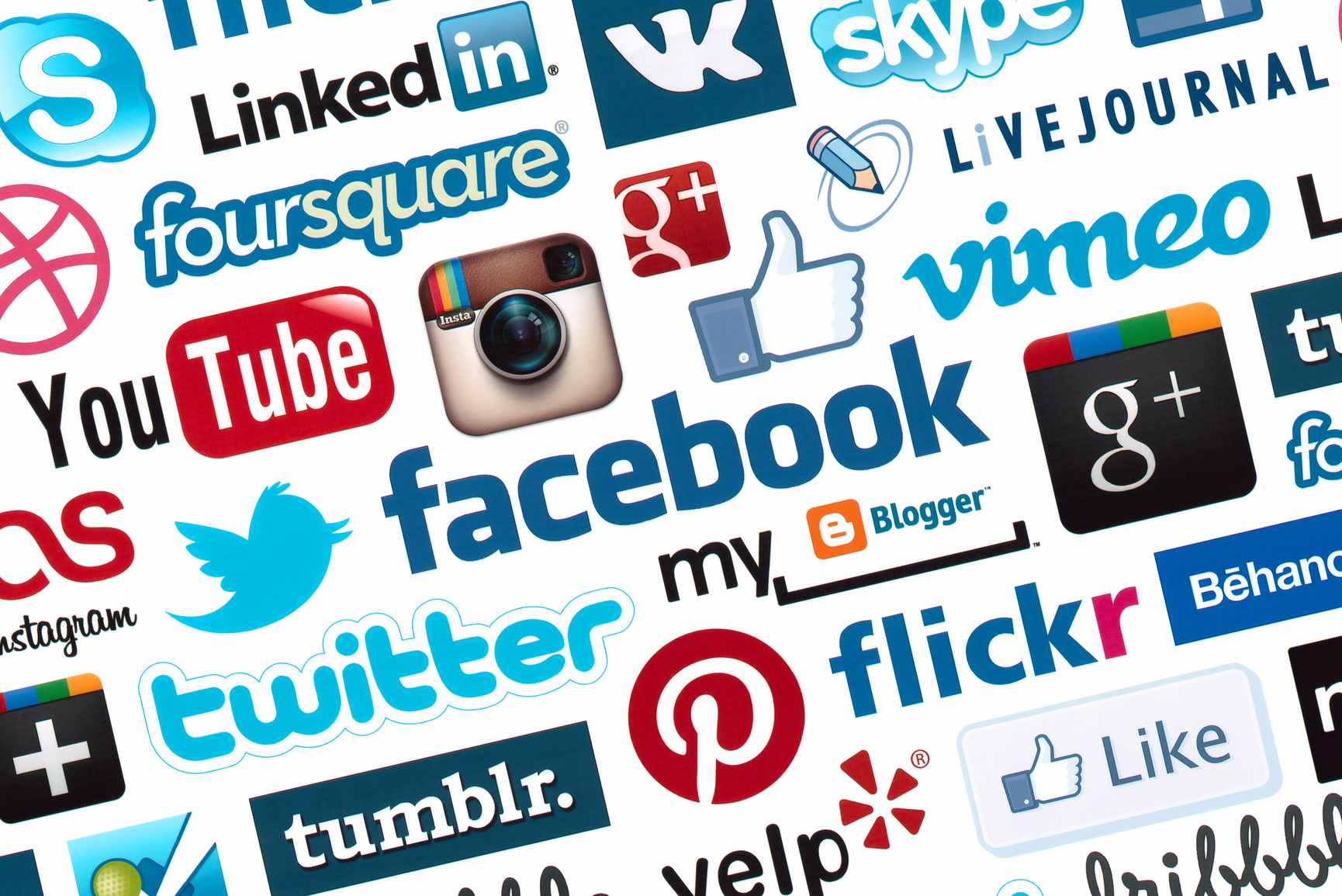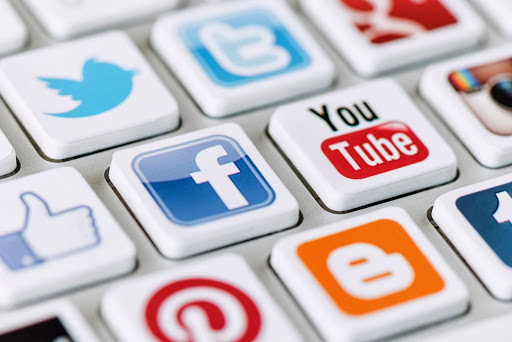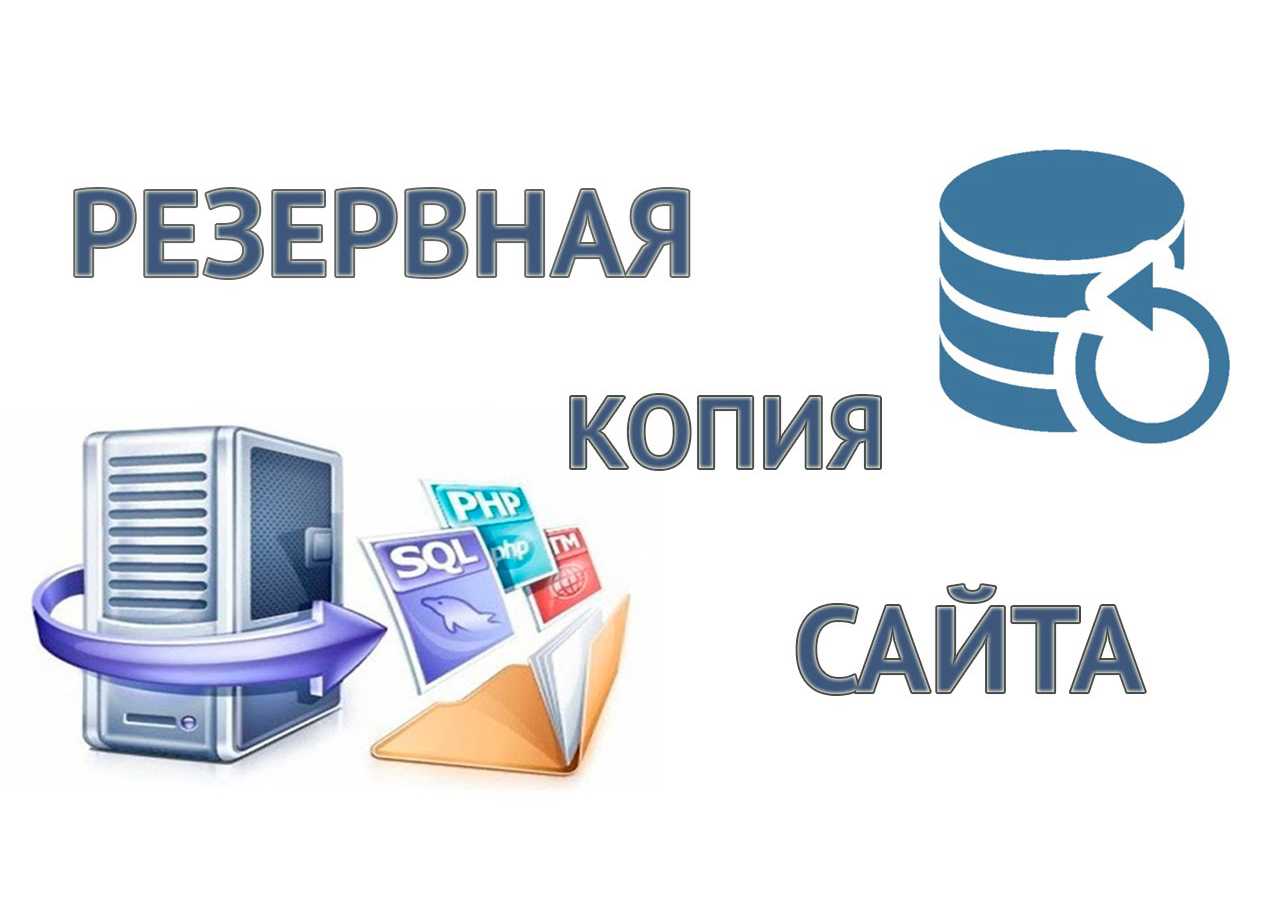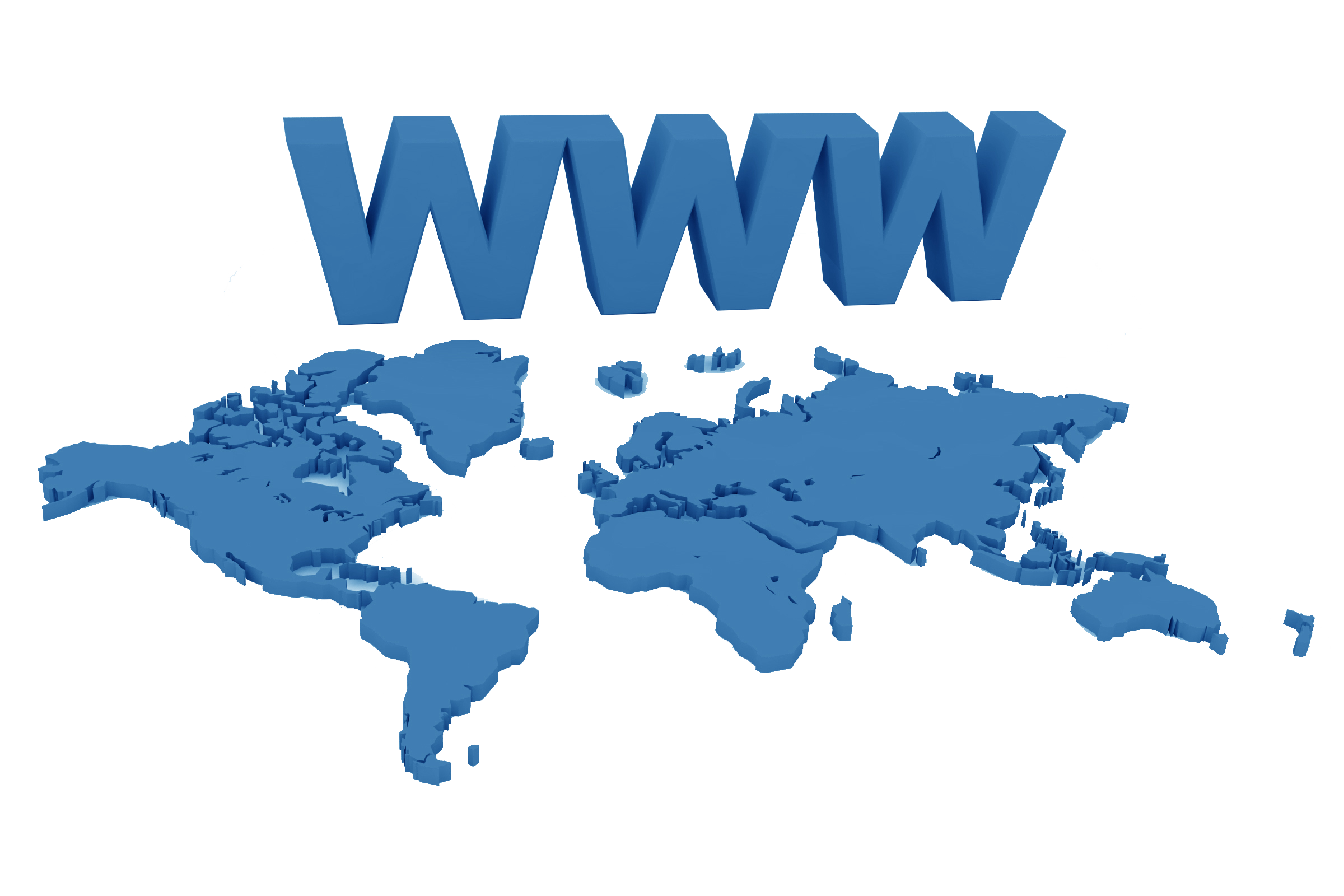
Social networks have long been part of our lives. Now the morning starts not with coffee, but with opening your own page on Facebook, Twitter or Instagram. We check the latest posts in our favorite groups and respond to new messages from many friends.
It is clear that this trend could not pass by the business. This is how a new-fangled service appeared - promotion in social networks. It is ordered by everyone: large corporations and small businesses, public figures and unknown people who plan to become popular bloggers on a certain topic. Moreover, the promotion of goods, services or the loved one is ordered in all social networks: Vkontakte, Facebook, Instagram, Twitter.
In order to understand how effective or ineffective the measures used are, it is necessary to monitor the results. If you don't follow them, it will be a waste of money. After all, "promotion" often damages the company's reputation, scaring off users with controversial and illogical posts.
In order not to waste money trying to attract new subscribers, it is necessary to calculate the usefulness of the performed actions. For this, the engagement rate in social networks is used. Or in English – Engagement Rate (ER). What it is? How is it calculated? About it below.
What is social media engagement rate?
Previously, the number of subscribers was considered the main measure of promotion success. Hired specialists did not disdain any methods of attraction, luring everyone in a row. But then the businessmen discovered that the number of subscribers does not give anything. This does not increase the popularity of the community. And this does not bring any real benefits: an increase in traffic on the site, the number of calls, etc.
Then everyone started hunting for social signals (likes, reposts). This approach began to bring more results: the audience became more animated and began to take certain actions. But at that time, no one took into account the time spent on promotion. For example, to create and publish posts, answer questions, search for moderators, etc.
And only in 2013, a method of calculating the efficiency of investments using a special indicator was proposed. This is how the audience engagement factor appeared. This was a turning point for SMM.
The engagement rate in social networks is an indicator that evaluates the quality and effectiveness of posts, as well as the use of various promotion tools. Simply put, this parameter calculates the percentage of effectiveness of published information. It can be used to determine what kind of exhaust it gives, and to understand whether to continue in the same spirit or change the strategy.
How is engagement factor calculated?
The calculation formula is very simple and has 2 key variables:
- audience (divided into subscribers, all visitors who entered the page, and people who viewed one specific post - for example, advertising);
- targeted actions (likes, comments, links).
Accordingly, depending on the type of audience, there are 3 ways to calculate the method of calculating the effectiveness of investments:
ER = number of targeted actions taken / number of followers x 100
ER = number of targeted actions taken / number of all users who logged in x 100
ER = number of targeted actions taken / number of post views x 100
The choice of formula depends on specific marketing goals. The indicators cannot be compared, as they are radically different. But you can use them to check subscribers for lice, estimate their real "price", understand who they are - freebies who are waiting for the next gifts and raffles or real customers who make purchases when there is an interesting offer.
Based on the information received, you can adjust the promotion strategy, look for other sources of attracting the target audience, or change the percentage of posts with text, pictures, videos, focusing on the latter, for example.
How to calculate the effectiveness of posts?
You can estimate the average usefulness of a post in a group using the following formula:
ER = number of targeted actions taken / number of posts / total number of visitors x 100
It can be used to determine how interested users are in the information published by you for a specific period (week, month). And then see how high-quality this or that post is compared to the average value (calculating the coefficient according to the third formula mentioned above).
This way you will be able to understand what the audience likes and what they don't, what can be abandoned, and what should be emphasized more.
How to calculate visitor engagement for a specific period?
You can estimate the period in which users are most active using the following formula:
ER = number of targeted actions taken / number of community visitors x 100
It helps to determine on which days people do not look at posts at all, and on which days they are most active (make reposts, write comments). Based on this information, it is easy to determine hour X - the time when the target audience "waits" for new posts from you. If you publish them at this time X - you can achieve maximum engagement in social networks from your followers.
Based on these formulas, you can create your own. For example, to calculate the level of engagement for a specific source of information. So you can evaluate the effectiveness of the actions performed, analyze the reaction of subscribers, and then use various methods of strengthening social signals to achieve more likes, reposts, and comments.
What is the optimal value of Engagement Rate?
To understand the effectiveness of promotion in social networks, it is not enough to be able to calculate the ER ratio. You still need to know how good or bad it is. After all, only on the basis of this information it will be possible to evaluate the results and understand whether something should be changed in the promotion strategy.
What should the ER ratio be? It is different for each social network. As for every niche. For example, you can estimate the ER ratio of Instagram subscribers using the following formula:
ER = number of targeted actions taken in 30 days / number of posts in 30 days / number of followers
And compare the result with the following values:
- ER <1 – very bad;
- 1 ? ER <3.5 – normal;
- 3.5 ? ER <6 – excellent;
- ER> 6 is excellent.
Before calculating ER, you need to determine the optimal value for your niche. Here you can target leaders in your field or competitors whose content you like.
How to increase the engagement rate?
How to calculate the ER coefficient - we figured it out. How to evaluate it and determine how good it is - too. Now let's look at how to increase the engagement rate. After all, this is the main task when calculating ER.
So, the ER ratio shows how interesting your content is to the target audience. Moreover, it is different: to subscribers, visitors, unsubscribed, or people who have viewed one post.
With its help, you can see problem areas, understand what needs to be corrected. Here one of two things: either change the approach to content creation, or look for other ways to attract users, as well as ways to stimulate page subscriptions.
The main emphasis is on content. You need to look for topics that are interesting for users, dilute posts with infographics, videos and images, try a different style of presenting information, etc.
Let's note the most effective ways to increase the ER ratio:
- Personalization . People are more comfortable communicating with each other than with faceless companies. Even if you have a commercial community - write posts on behalf of the head of the organization or a specialist in a certain field. Such information is accepted more willingly than if it is published on behalf of a little-known company.
- Motivation for active actions . To get the appropriate reaction from users – call them to action. For example, you can ask to express your opinion, leave a comment, share the post with your friends so that they also learn about the promotion, etc.
- Emotionality and positivity . A positive attitude is half the success. And if you add the benevolence of the author to it, it is even better. Positivity always begets positivity. When something nice is done to us, we want to do something nice to the person in return. In this case, like, repost or simply write "Thank you for the useful information" under the post.
- Saving the subject . Do not change the topic of the community - this leads to a sharp decrease in the number of subscribers and active users. People signed up for one thing, but they might not be interested in the other. If you need to change course, do it gradually, slowly accustoming users to new types of posts. Or create another community dedicated to a new topic.
- Actuality . Be sure to follow the news happening in your industry. By providing users with relevant information, you can keep them interested. And at the same time, you will become an authoritative, expert community in a specific field. When you can get all the necessary information in one group, it greatly increases the level of activity of subscribers.
These are the most common methods that give results. Of course, there are other techniques. But, even starting with these, you will be able to increase the ER ratio in social networks. And when you get your hands full, look for other ways to achieve an even better result.
Results
Now you know what the engagement rate is in social networks, why it is needed, how it is calculated, and how to improve it. Remember that it does not help to bring business to a new level, increase profits, etc.
The ER coefficient is used to evaluate the effectiveness of promotion in social networks. It shows how much every penny invested pays off, and lets you know if the strategy you are using is correct or not, and what can be improved to achieve a better result.








